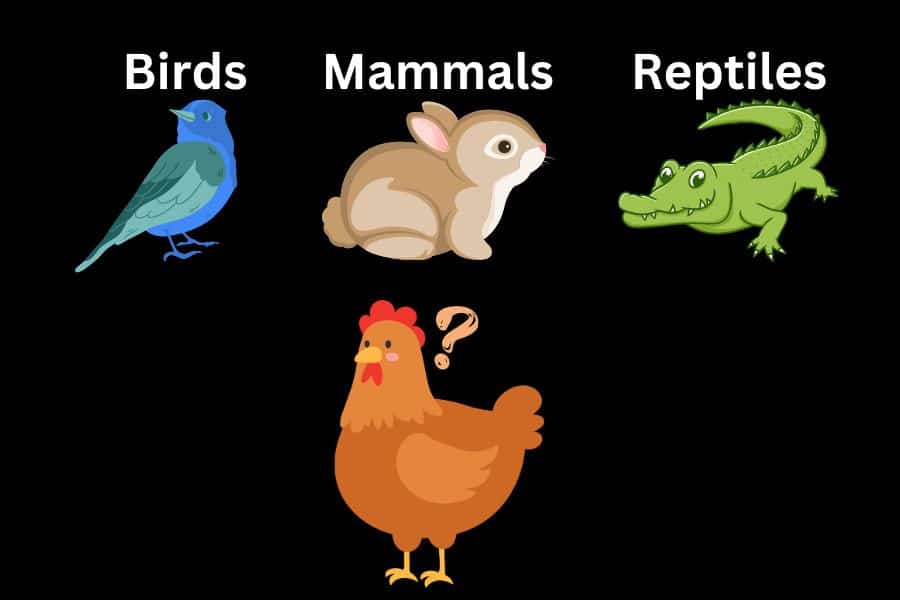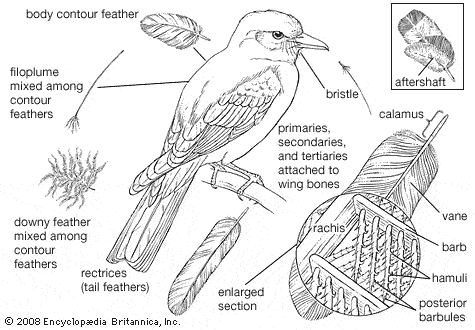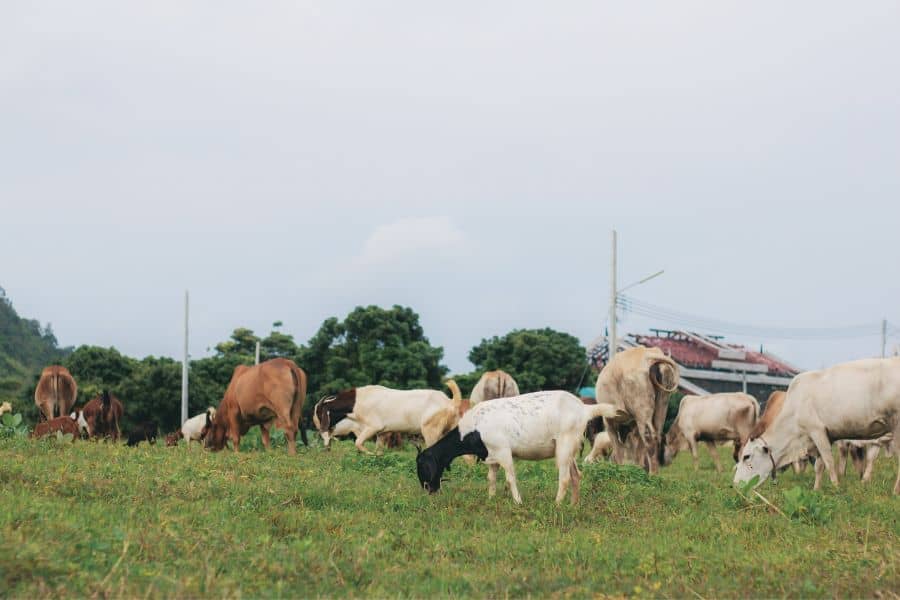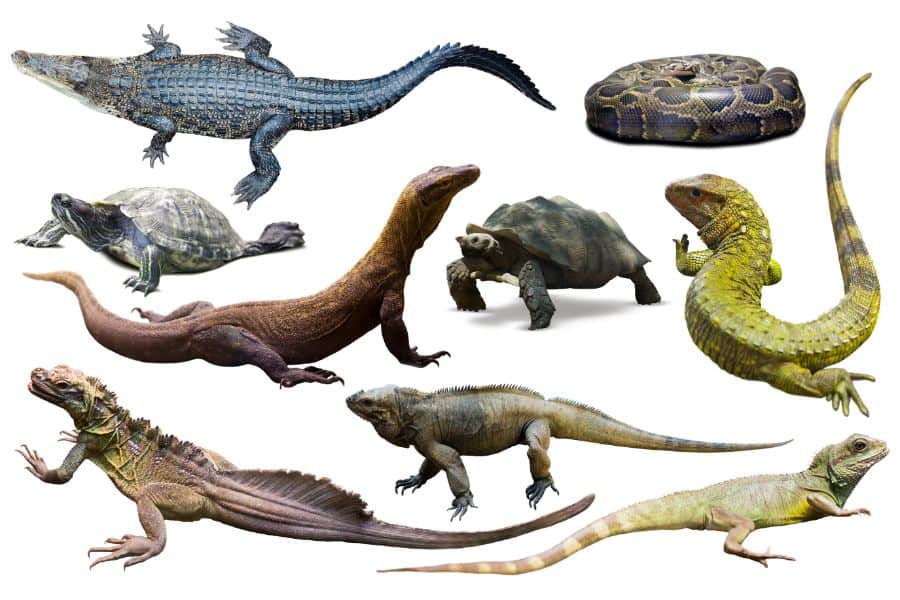It is estimated that there are 34.4 billion chickens in the world at any given moment. This is despite the fact that almost 200 million of these domestic fowls are slaughtered every single day.
This means that around the world, a lot of people grow up and live around chickens. Many of us refer to them as birds but what exactly does this mean and could they just be a type of mammal?

Chickens share actual and perceived similarities with other types of animals, and the idea that they are birds and nothing else doesn’t seem definitive. Today, we address this matter.
Chickens are Birds
Birds are the only type of animals today that have feathers. If it has feathers it must be a bird.
This makes it easy to definitively state that chickens are birds and not mammals, reptiles, or anything else. However, back in the days of dinosaurs, this wouldn’t have been so straightforward.
Dinosaurs are classified as reptiles and there were a few of these that had feathers.

Apart from the feathers, there are other features that can be used to distinguish chickens from mammals. These include:
- Wings: Whether they fly or not, birds will have wings. A bird’s wings can be used for flight but can also be used for swimming, courtship dances, and other displays. On birds like the ostrich, the wings are vestigial.
- Excretory system: The excretory system in birds is very different from that of mammals because nitrogenous waste from their bodies is excreted as uric acid, not ammonia or urea.
- Cloaca: Birds have a cloaca that serves both reproductive and excretory functions.
- Beaks/ Bills: All birds have a beak or a bill that they use to access and eat food. Birds’ beaks/bills are adapted to the type of food they eat.
There are exceptions to the features listed above. For example, bats are mammals that have wings, and platypuses are mammals but have bills that look like a duck’s and even lay eggs.
However, these exceptions will have many other features that make them mammals and not birds.
Also Read: Do Chickens Pee?
Why Chickens Can’t Be Mammals
Chickens hang around many mammals around the farm including cows, sheep, goats, pigs, dogs, and horses. However, chickens are not defined by the company they keep.
Mammals have specific characteristics that you will not see in birds. These include:
- Hair or fur: At some stage of their lives, all mammalian species have hair or fur growing from some part of their body.
- Mammary glands: These are used to feed young mammals and even the duck-billed platypus has these.
Although chickens share certain characteristics with mammals, they lack these two important features. This means they cannot be classified as mammals.
Similar Features Between Chickens and Mammals
As birds, chickens are distinct animals from mammals but that doesn’t mean they are totally different. Chickens have certain characteristics that are also seen in mammals such as:
- Warm-bloodedness: Both chickens and mammals are warm-blooded. This means that they maintain their body temperatures at a certain level, and this temperature is typically higher than that of their surroundings.
- Four-chambered hearts: Fishes’ hearts have two chambers and amphibians’ hearts have three chambers. All reptiles have three-chambered hearts except crocodiles which have four-chambered hearts like birds and mammals.
Due to such overlaps, it is easy to see why scientists couldn’t simply state that chickens were not mammals because they had feathers.
What About the Hair-Like Stuff Growing on Chickens?
The hair-like stuff you find on chickens is not hair or fur. These are modified feathers and are known as filoplumes.
It is said that these small feathers serve a sensory function since they were found to be connected to nerve receptors in the bodies of birds.
Could Chickens Be Reptiles?
The question of whether chickens are mammals or not is fairly cut and dry. However, they share a history with reptiles that is a bit harder to separate.
In August 1996, a farmer in China unearthed a fossil that turned out to be a feathered dinosaur. This was the first time such a discovery had been made and the first time scientists could definitively conclude that birds evolved from dinosaurs.
Dinosaurs are considered to have been reptiles including those that had characteristics only seen in birds today. As their descendants, it is no surprise that birds share certain characteristics with present-day reptiles such as:
- Laying eggs: The young of both birds such as chickens and most reptiles are born inside a hard-cased shell. There are a few reptiles that don’t lay eggs.
- Scales: Both birds and reptiles have scales on some parts of their bodies.
However, despite having descended from the early reptiles, birds are so different from present-day reptiles that classifying them as reptiles is an uphill task. Significant differences between your chickens and reptiles include:
- Chickens and other birds are warm-blooded while reptiles are cold-blooded. The internal temperature of reptiles is controlled by their environment.
- Birds adapted for flight: All birds have wings and feathers while reptiles have neither.
Thanks to the complexities of evolution, the actual relationship and differences between birds and reptiles are rather complicated. The fact that your feathered pet shares an ancestor with crocodiles and not something more friendly like an iguana makes it even more confusing.
All this means is that chickens descended from some reptiles, but that doesn’t mean they are still reptiles today.
Read More:
Chickens are Definitely not Mammals
Although the ancestry of all living things raises questions about their identities, we can confidently state that chickens are not mammals.
Mammals possess certain characteristics that chickens and other birds don’t possess, and chickens also possess certain qualities you won’t see in mammals. Mammals like bats and duck-billed platypuses may blur the line but these are unique exceptions.
Chickens are certainly more closely related to modern reptiles, but even this relationship has caveats. They may have shared a distant ancestor with crocodiles, but there is no chance that your Rhode Island Red will develop teeth any time soon.


